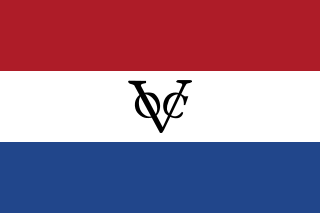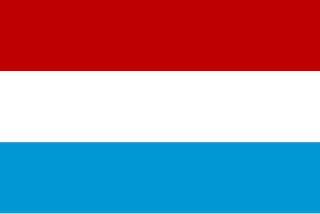 W
WThe Dutch colonization of the Americas began with the establishment of Dutch trading posts and plantations in the Americas, which preceded the much wider known colonization activities of the Dutch in Asia. While the first Dutch fort in Asia was built in 1600, the first forts and settlements along the Essequibo River in Guyana date from the 1590s. Actual colonization, with the Dutch settling in the new lands, was not as common as with other European nations. Many of the Dutch settlements were lost or abandoned by the end of the 17th century, but the Netherlands managed to retain possession of Suriname until it gained independence in 1975. Among its several colonies in the region, only the Dutch Caribbean still remains to be part of the Kingdom of the Netherlands today.
 W
WAmsterdam Island is a small island off the northwest coast of West-Spitsbergen. It is separated from Danes Island by the strait Danskegattet. Its total area is 16.8 km2. Its highest point is Hiertabreen, at 472 meters above sea level. The percentage of the island covered in ice is 11.5%.
 W
WDutch Brazil, also known as New Holland, was the northern portion of the Portuguese colony of Brazil, ruled by the Dutch during the Dutch colonization of the Americas between 1630 and 1654. The main cities of the Dutch colony of New Holland were the capital Mauritsstad, Frederikstadt, Nieuw Amsterdam (Natal), Saint Louis, São Cristóvão, Fort Schoonenborch (Fortaleza), Sirinhaém, and Olinda.
 W
WThe Dutch Golden Age was a period in the history of the Netherlands, roughly spanning the era from 1581 to 1672, in which Dutch trade, science, and art and the Dutch military were among the most acclaimed in the world. The first section is characterized by the Eighty Years' War, which ended in 1648. The Golden Age continued in peacetime during the Dutch Republic until the end of the century.
 W
WThe maritime European exploration of Australia consisted of several waves of white European seafarers that sailed the edges of the Australian continent. Dutch navigators were the first Europeans known to have explored and mapped the Australian coastline. The first documented encounter was that of Dutch navigator Willem Janszoon, in 1606. Dutch seafarers also visited the west and north coasts of the continent, as did French explorers.
 W
WThe island of Taiwan, also commonly known as Formosa, was partly under colonial rule by the Dutch Republic from 1624 to 1662. In the context of the Age of Discovery, the Dutch East India Company established its presence on Formosa to trade with the Ming Empire in China and Tokugawa shogunate in Japan, and also to interdict Portuguese and Spanish trade and colonial activities in East Asia.
 W
WNew Holland is a historical European name for mainland Australia.
 W
WNew Netherland was a 17th-century colony of the Dutch Republic that was located on what is now the east coast of the United States. The claimed territories extended from the Delmarva Peninsula to southwestern Cape Cod, while the more limited settled areas are now part of New York, New Jersey, Delaware, and Connecticut, with small outposts in Pennsylvania and Rhode Island.
 W
WSvalbard ( SVAHL-bar, Urban East Norwegian: [ˈsvɑ̂ːɫbɑr] ; prior to 1925 known as Spitsbergen, or Spitzbergen, is a Norwegian archipelago in the Arctic Ocean. Situated north of mainland Europe, it is about midway between continental Norway and the North Pole. The islands of the group range from 74° to 81° north latitude, and from 10° to 35° east longitude. The largest island is Spitsbergen, followed by Nordaustlandet and Edgeøya. While part of the Kingdom of Norway since 1925, Svalbard is not part of geographical Norway; administratively, the archipelago is not part of any Norwegian county, but forms an unincorporated area administered by a governor appointed by the Norwegian government, and a special jurisdiction subject to the Svalbard Treaty that is outside of the Schengen Area, the Nordic Passport Union and the European Economic Area.